DTO - During the flood season, instead of cultivating the third crop with the only source of income from rice, farmers in the upstream area are now flexibly exploiting the advantage of natural fish farming to bring in a good source of income.
The model of raising fish in rice fields during the flood season brings high efficiency to farmers in the Hong Ngu border area.
At Quyet Tien Ecological Agricultural Cooperative (Phu Tho commune), the recent implementation of the agricultural production model of rice, fish, and ducks on the same field has brought high economic efficiency. Accordingly, in the early stages after sowing, releasing ducks on the field will eat or drop into the water all kinds of worms, butterflies, planthoppers, thrips, and mealybugs, which will become food for fish, frogs, and toads. Ducks also help control weeds effectively, because grass seeds and leaves are ducks' favorite foods. Duck and fish waste is also a source of organic fertilizer for rice. This helps limit the use of chemical sprays, significantly reducing production costs.
During the flood season, rice cultivation is not as effective as expected, so Quyet Tien Ecological Agriculture Cooperative started to stock fish, waiting for the water to recede for harvest. This year, the stocked fish were carried out on an area of 170 hectares of the Cooperative with many types such as: sesame, tilapia... Stocking natural fish during the flood season not only brings income but also provides alluvium for the land.
Mr. Nguyen Minh Tuan - Director of Quyet Tien Ecological Agricultural Cooperative shared: "Implementing the circular agricultural model "rice - fish - duck" produces organic rice products, is environmentally friendly and brings economic efficiency many times higher than traditional farming. In addition, the unit also exploits the flood season for eco -tourism to serve tourists from near and far... From tourism activities and harvesting fish in the flood season, farmers earn a good income."
Previously, in the Hong Ngu border areas, every time the flood season came, the production of autumn-winter rice did not bring the expected results, so farmers often left their fields empty. In recent years, people have begun to take advantage of the flooded rice fields to raise fish, bringing high efficiency.
On an area of 5 hectares of rice fields, Mr. Nguyen Duc Tri, residing in An Binh ward, raised more than 120,000 tilapia instead of leaving the fields empty for the third crop. According to Mr. Tri, after harvesting the summer-autumn rice, from April 18, he bought fish fry and released them in the garden ditches for about a month so that the fish could get used to the natural environment and grow big enough before releasing them into the fields. This method will help minimize the loss rate of fish fry. Then, waiting until the flood water flooded the rice fields (rice that grows naturally after harvest), he started releasing fish fry into the fields for raising. The rice field fish farming model requires little care, low input costs, and stable output. Accordingly, farmers only spend money on buying fish fry and food during the period of releasing fish in the garden ditches and buying fishing nets around the fields. During the raising process, the fish find their own food sources in the fields such as moss, straw, rice husks from the previous crop, and insects.
Mr. Nguyen Duc Tri said: “In recent years, my family has not grown the third rice crop but has switched to raising fish, which is both more effective and less costly than producing autumn-winter rice. After about 6 months of raising, the fish will be harvested. Accordingly, farmers do not need to clean the fields, just pump out the water and can sow the winter-spring rice crop.”
Japan
Source: https://baodongthap.vn/kinh-te/hieu-qua-tu-mo-hinh-nuoi-ca-tren-dong-ruong-mua-nuoc-noi-132902.aspx


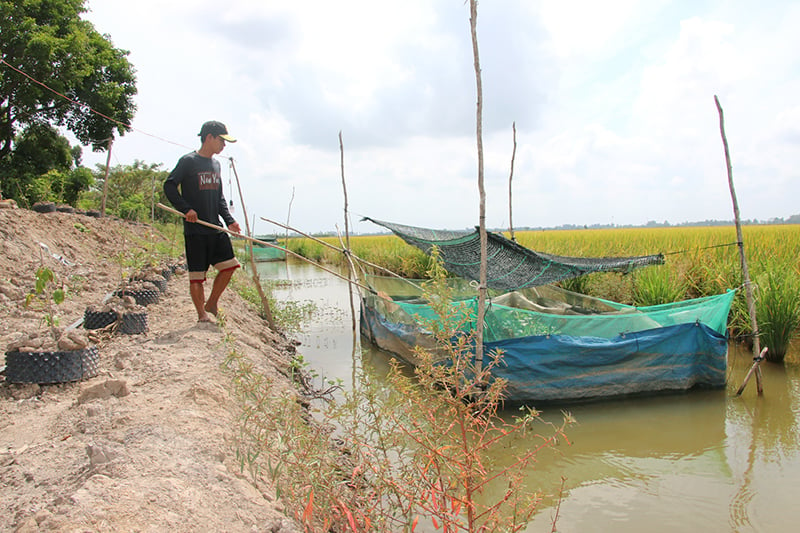
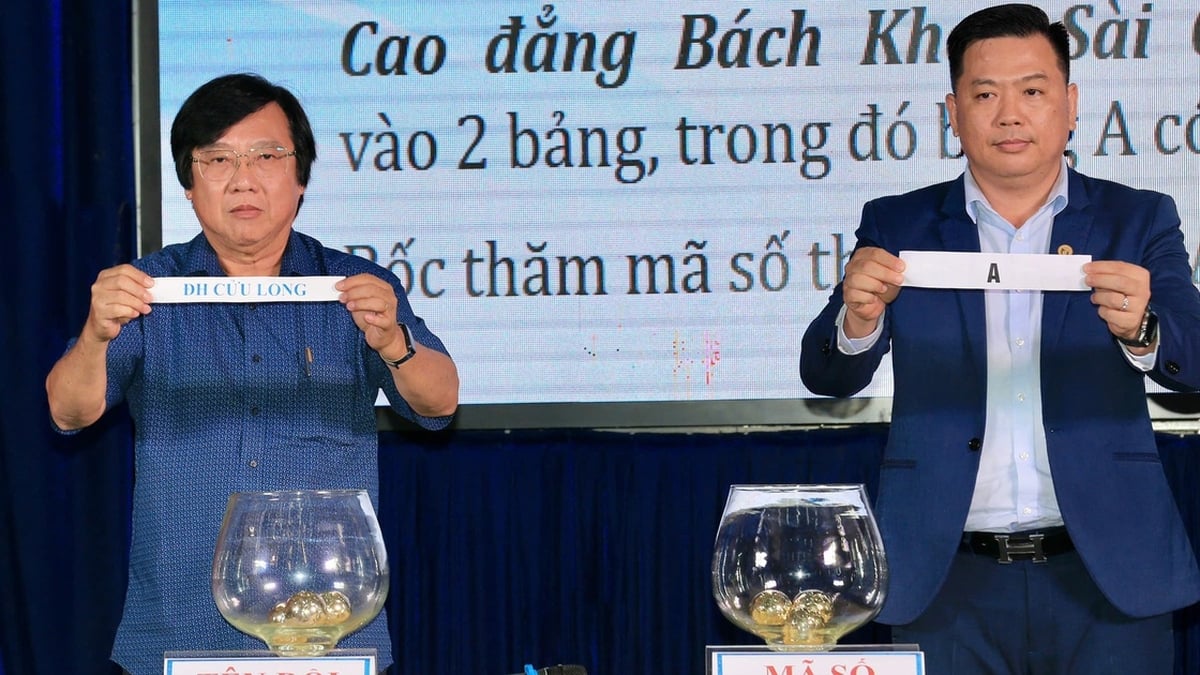


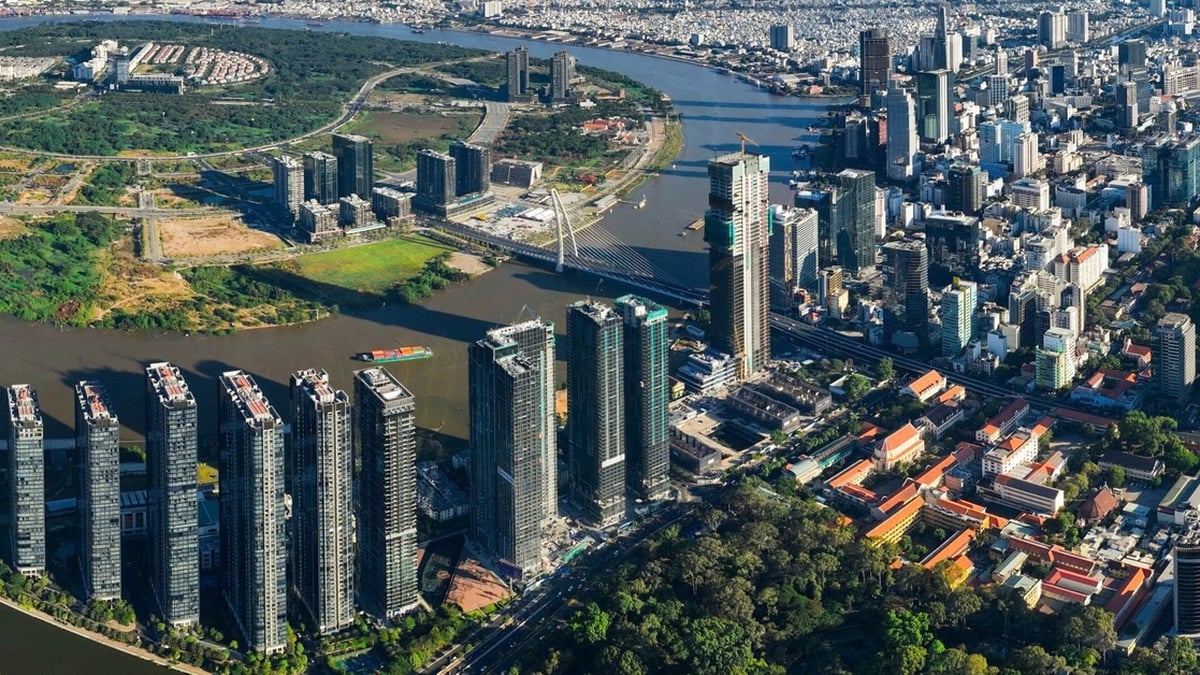
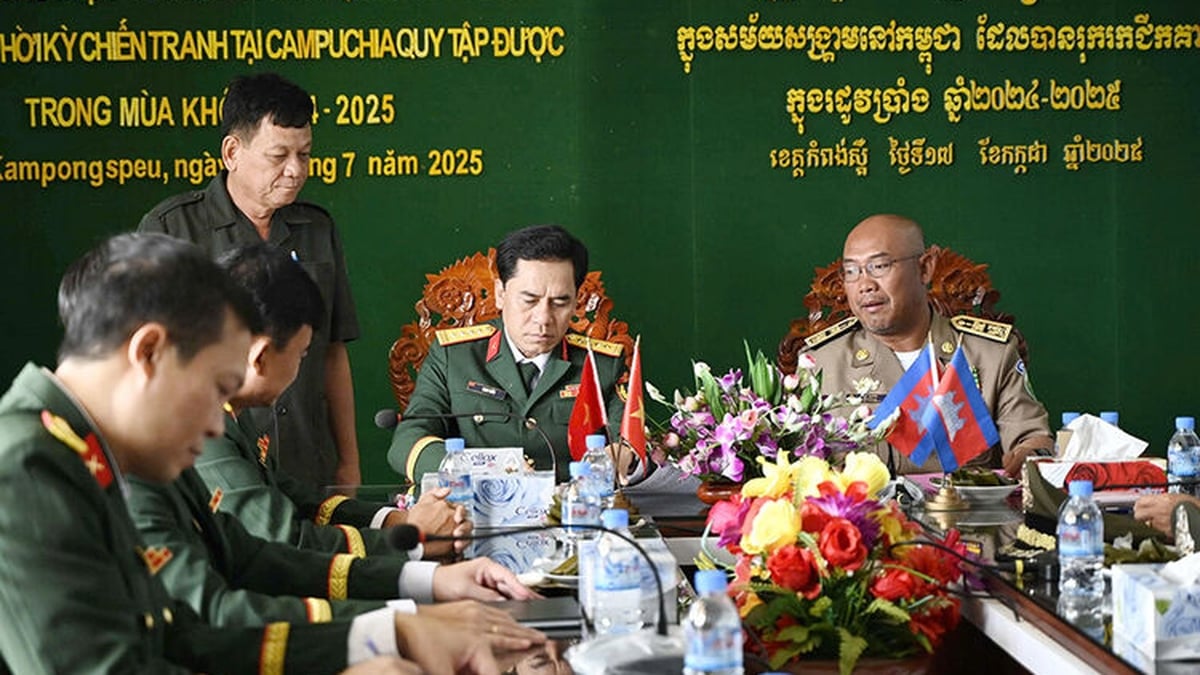
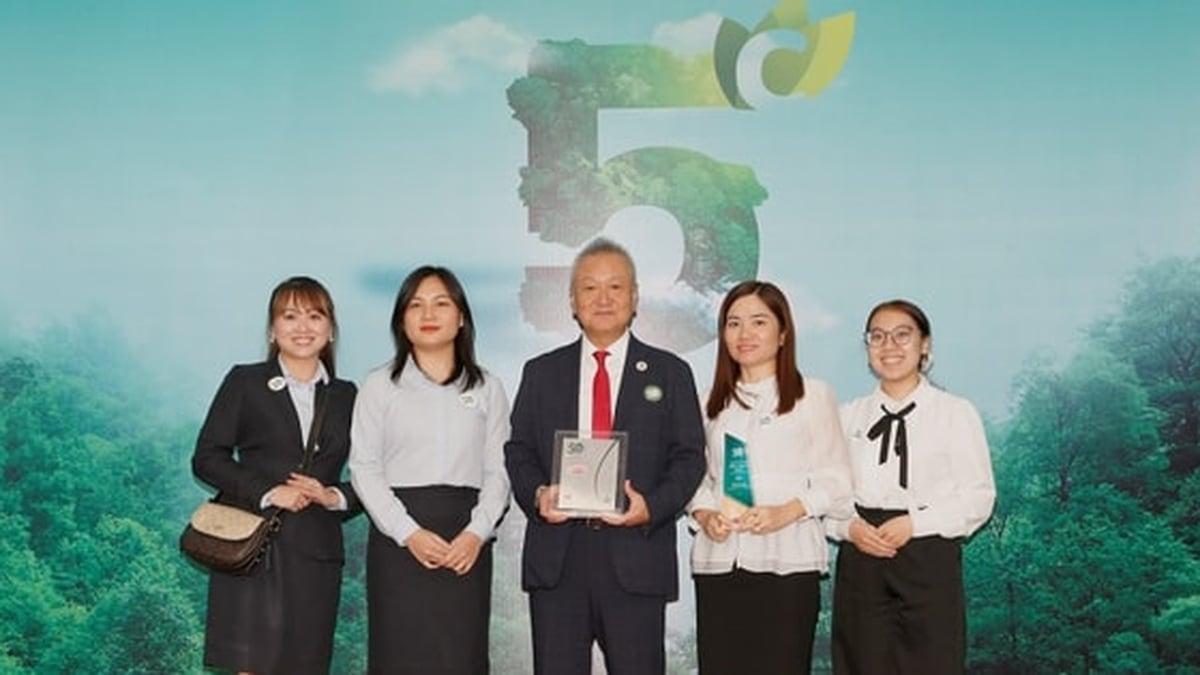
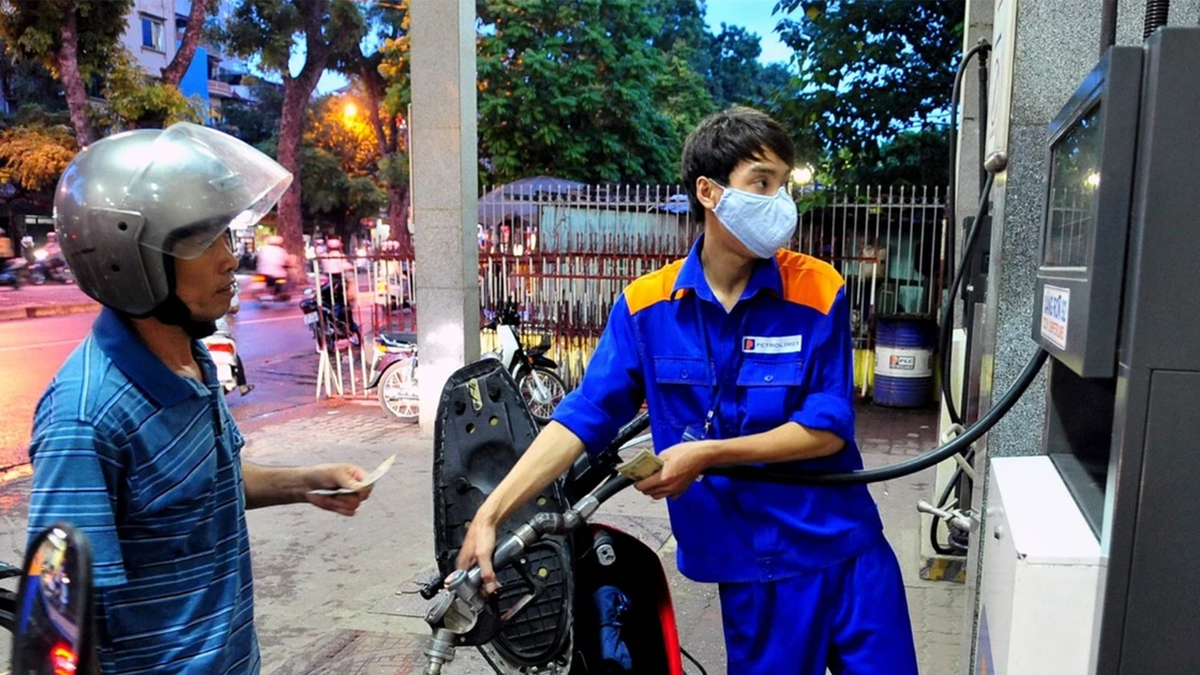
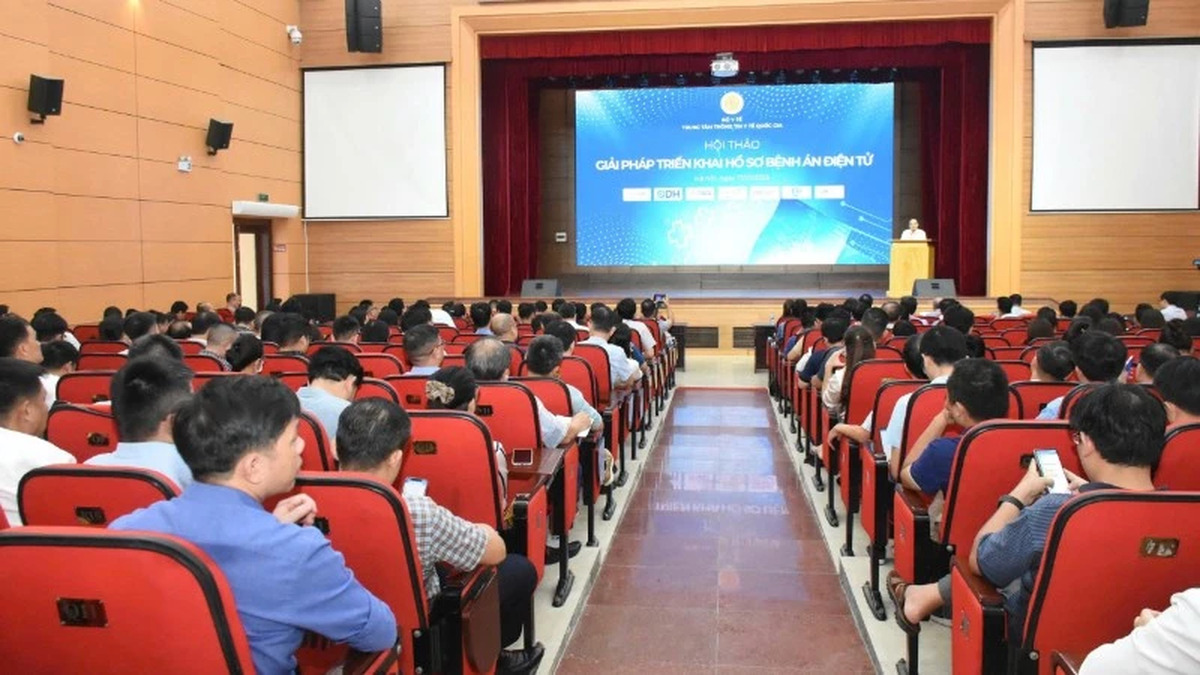














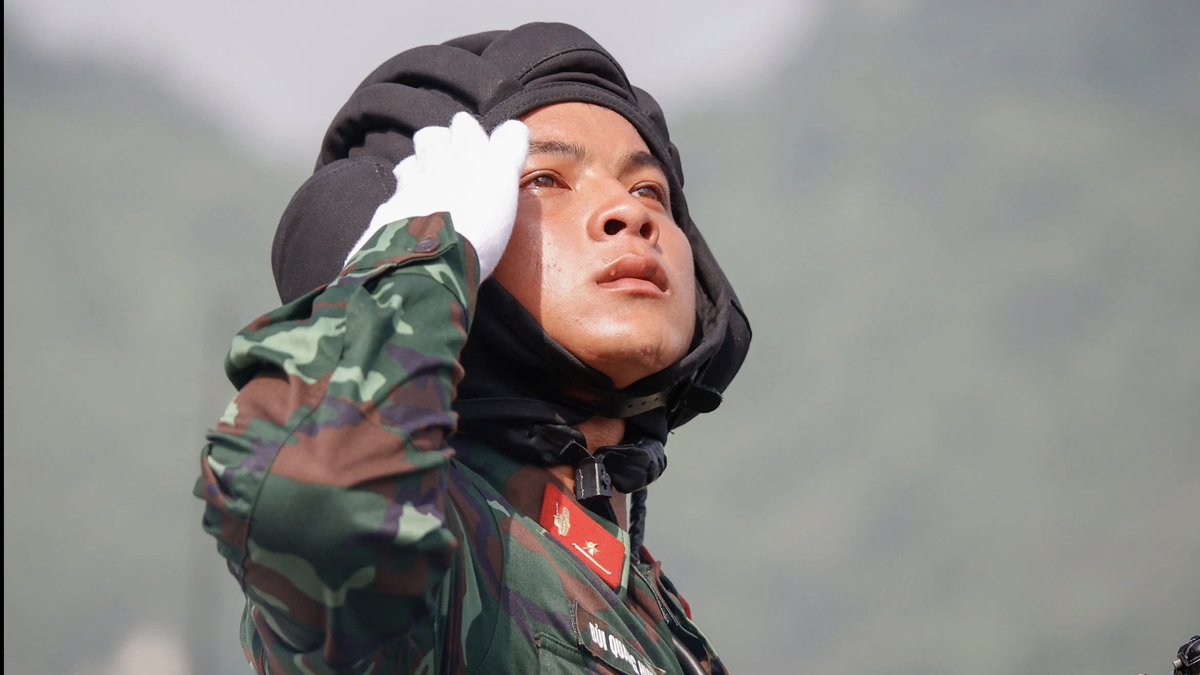


































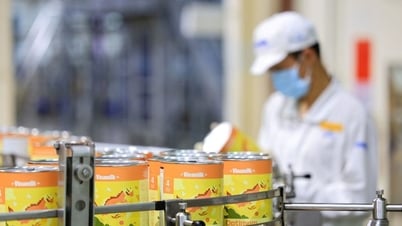





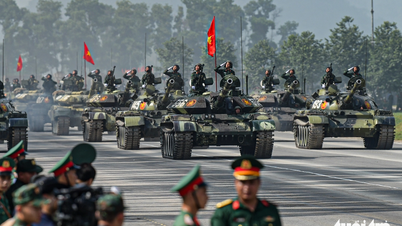







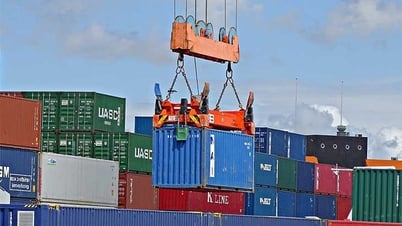

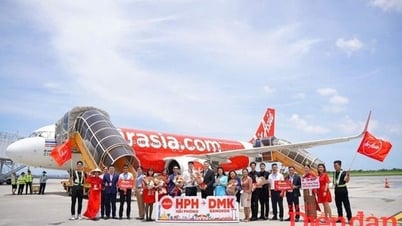
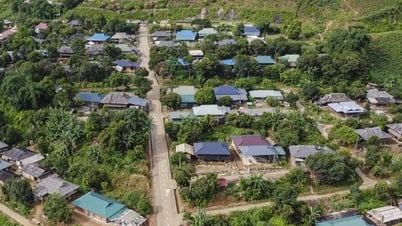
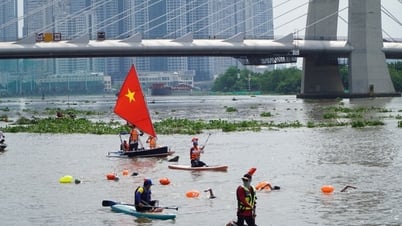
























Comment (0)